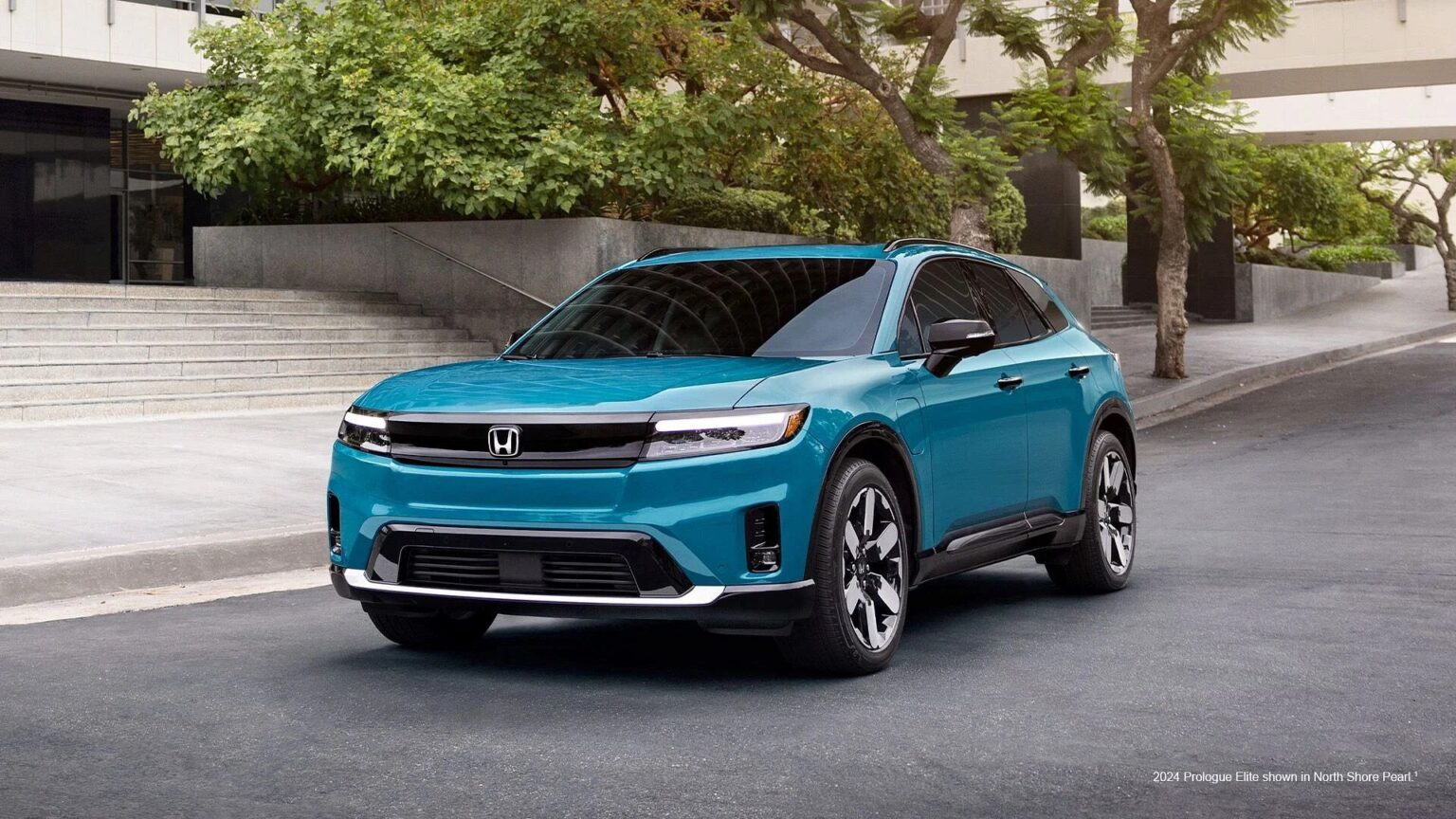Modern vehicles are technological wonders on wheels. Not only do today’s cars and trucks offer amenities and driver aids our parents and grandparents could never have even dreamed of, they’re quieter, more comfortable, and orders of magnitude safer than vehicles from just a couple of decades ago. But with all this advancement comes staggering complexity, which raises costs, and can make service work – including collision repairs – more difficult. Ensuring its electric vehicle customers receive the best care possible, Honda is introducing a new electric vehicle collision repair program.
EVs Have Some Unique Requirements
As reported by Repair Driven News, the Japanese automaker and its Acura luxury brand are introducing a program that ensures shops have the appropriate training and necessary tools to repair the Honda Prologue and Acura ZDX all-electric SUVs, as well as the upcoming 0 Series battery-powered models. Electric vehicles by their very nature have some unique requirements, and care is needed while working on them.
“We wanted to implement the hands-on training requirement because there is so much importance on safety when dealing with high-voltage systems.”
— John Peixoto, American Honda
In this article, John Peixoto, the wholesale marketing assistant manager at American Honda explained that certified repair shops need to have special vehicle lifts and frame benches with weight capacities that can handle today’s electric vehicles, which tend to be quite husky. Special riveting tools for replacing certain parts of the structure are needed, too, plus unique hardware for making repairs to EV cooling systems.
Honda Has A Specific Training Program
For a technician to earn a Honda EV certification they must first have completed training courses for Honda and Acura’s Certified Collision Program, a prerequisite, then they must go through 10 hours of brand-specific online training by I-CAR, and finally, a five-day hands-on development course is required. Peixoto said, “We wanted to implement the hands-on training requirement because there is so much importance on safety when dealing with high-voltage systems.” This is very true. The energy stored in an EV’s battery is staggering, even when a pack is “empty” there’s still a risk of electrical shock.
Dealer Service Is Still Recommended In Some Instances
If a vehicle needs to have its high-voltage battery pack, onboard charger, or drive unit(s) repaired, Honda recommends the vehicle be taken to a dealership for this work, though it can be done by an independent shop. If the high-voltage battery pack needs to be replaced, however, this must be done by an authorized dealer.
Aside from having the appropriate tools and technician training, Honda certified EV repair shops also have to follow a few rules. Structural adhesive can only be cured with infrared heaters. Additionally, shops cannot heat a Honda or Acura EV in a paint booth to 140 degrees Fahrenheit for more than 30 minutes. Doing so could damage the high-voltage battery pack, which should be kept at 105 degrees or less.
To ensure repair facilities have what they need to service and get Honda EVs back on the road, the automaker will publish a list of needed tools once the program launches. This program has been under development for more than a year.
Read the full article here


